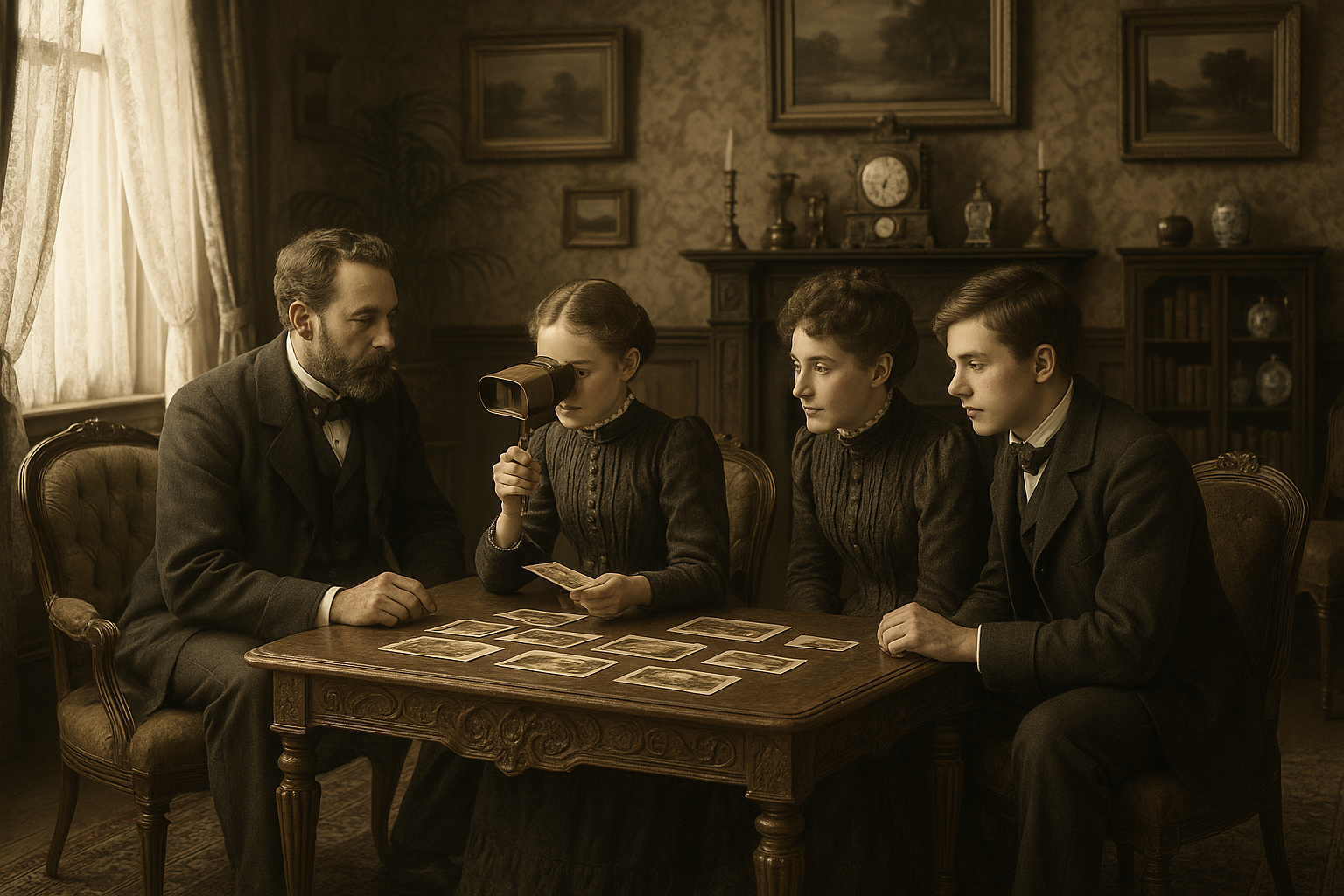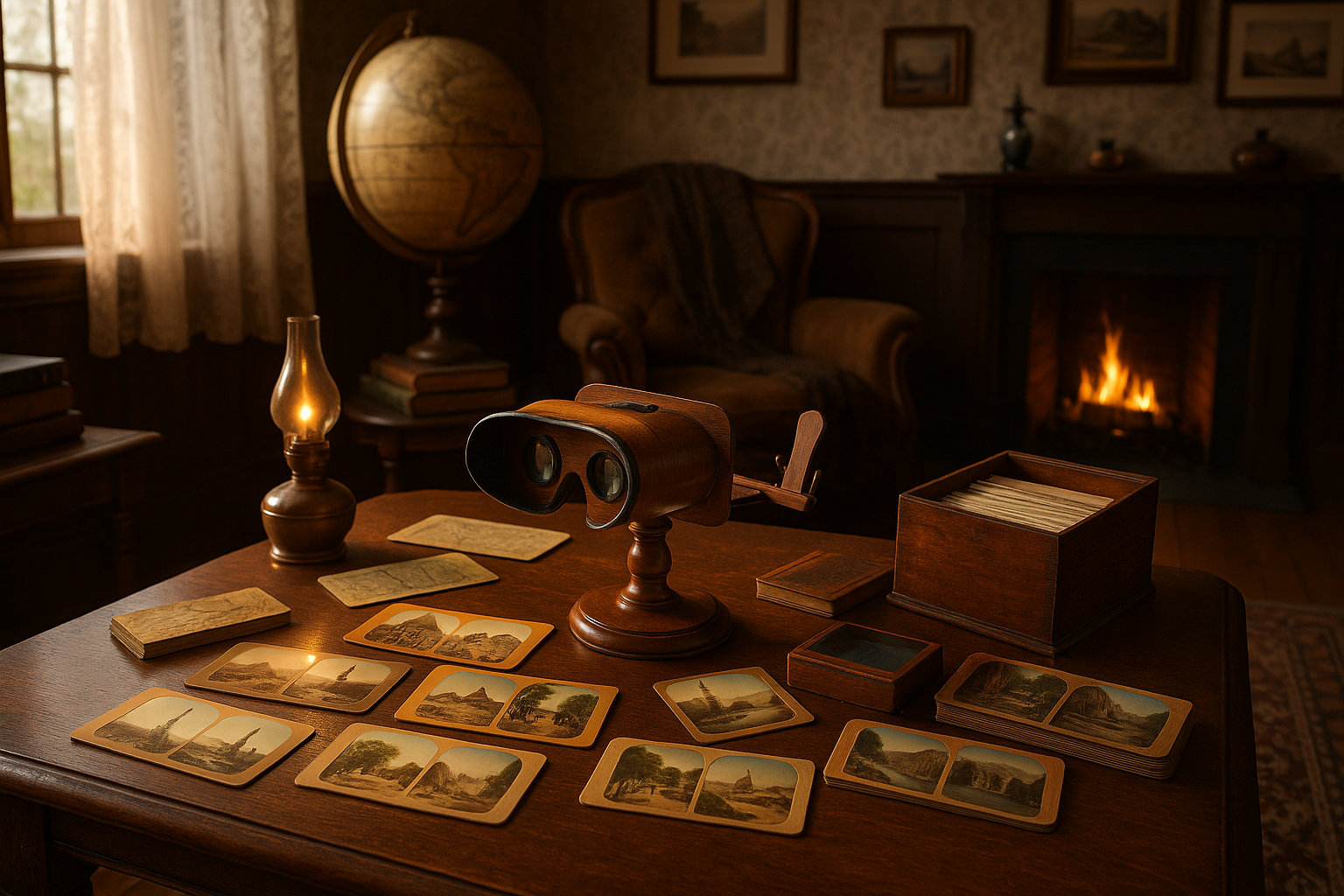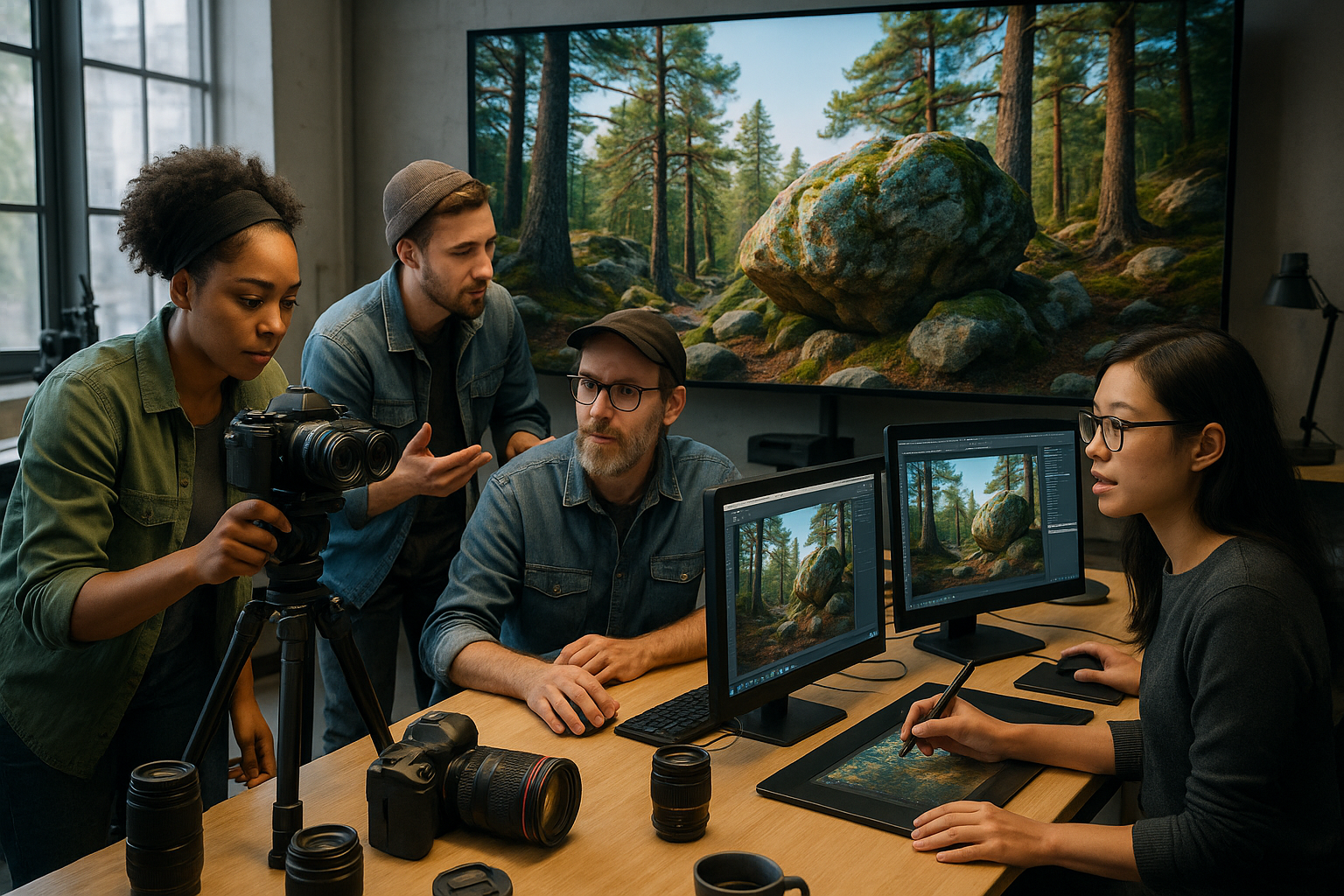The world of eyewear transcends mere functionality, revealing itself as a canvas where artistry, science, and craftsmanship converge to create timeless designs that define personal style.
🎨 The Birth of Vision: Renaissance Origins of Optical Craft
The Renaissance period marked a pivotal transformation in human history, and among its many revolutionary contributions was the development of sophisticated optical instruments. During the 13th and 14th centuries, Italian artisans began experimenting with convex lenses, creating the first rudimentary reading stones that would evolve into what we recognize today as eyeglasses.
Venice became the epicenter of this optical revolution, with skilled glassmakers on the island of Murano perfecting techniques that would set the standard for centuries to come. These craftsmen understood that creating quality lenses required not just technical precision but an artistic sensibility that balanced form with function. The earliest spectacles were handcrafted treasures, often adorned with intricate metalwork and considered luxury items accessible only to the wealthy and scholarly elite.
The term “Renaissance Optical Craft” embodies this golden age of eyewear innovation, where each pair of spectacles represented hours of meticulous labor. Artisans ground lenses by hand, carefully shaping glass to precise curvatures that could correct various vision impairments. This painstaking process required an intimate understanding of light refraction, material properties, and human anatomy—a true fusion of art and science.
The Evolution of Frame Design Through the Centuries
As optical technology advanced, so did the aesthetic considerations of eyewear design. The Renaissance period introduced frames that were not merely functional holders for lenses but statements of personal identity and social status. Early frame designs included the “rivet spectacles,” featuring two lenses connected by a simple rivet mechanism, allowing them to balance precariously on the nose.
The 17th century witnessed the introduction of temple pieces, revolutionizing how eyeglasses sat on the face. Spanish craftsmen developed rigid temple designs that extended over the ears, providing stability and comfort previously unattainable. This innovation represented a significant leap forward in wearable design, demonstrating how practical engineering solutions could enhance daily life.
Throughout the 18th and 19th centuries, eyewear design became increasingly sophisticated. Materials diversified from simple metals and horn to include tortoiseshell, gold, silver, and eventually early plastics. Each material choice reflected not only availability and cost but also cultural preferences and fashion trends that swept across Europe and beyond.
Materials That Shaped Optical History
The selection of materials in historical eyewear production reveals fascinating insights into trade routes, technological capabilities, and aesthetic values of different eras. Tortoiseshell, harvested from hawksbill sea turtles, became highly prized for its natural beauty and workability. Craftsmen could heat and mold tortoiseshell into elegant frames that possessed both durability and distinctive mottled patterns.
Horn from cattle and buffalo offered another organic option, particularly popular in regions where tortoiseshell was scarce or prohibitively expensive. European frame makers developed specialized techniques for processing horn, creating frames that were lightweight yet sturdy. The natural variations in horn coloration ensured that no two frames were identical, adding to their appeal as unique artistic creations.
Precious metals entered the eyewear lexicon as symbols of wealth and refinement. Gold frames, often elaborately engraved with decorative motifs, became status symbols among aristocracy and wealthy merchants. Silver provided a more affordable alternative while still conveying elegance and sophistication. These metal frames required exceptional metalworking skills, with artisans employing techniques borrowed from jewelry making.
✨ Innovation Meets Tradition: The Renaissance Approach to Modern Eyewear
Contemporary eyewear designers increasingly draw inspiration from Renaissance optical craft, recognizing that the principles established centuries ago remain relevant today. This revival doesn’t simply replicate historical designs but reinterprets classical aesthetics through modern manufacturing capabilities and materials science.
Modern brands committed to artisanal quality often employ production methods that would be familiar to Renaissance craftsmen. Hand-finishing techniques, careful attention to proportion and balance, and the use of premium materials echo the values of those early optical pioneers. However, today’s artisans benefit from advanced technologies that enhance precision while preserving the human touch that defines true craftsmanship.
The concept of bespoke eyewear has experienced a remarkable resurgence, with discerning customers seeking frames tailored to their unique facial features and personal style. This personalized approach mirrors the Renaissance tradition where each piece was essentially custom-made, created specifically for its intended wearer. Modern bespoke services combine digital facial mapping with traditional handcrafting, achieving unprecedented levels of comfort and aesthetic harmony.
The Art of Lens Crafting: From Sand to Clarity
Understanding the journey from raw materials to finished lenses illuminates the extraordinary craftsmanship involved in optical production. Quality lens creation begins with selecting appropriate glass or polymer materials, each offering distinct optical properties. High-index materials can provide thin, lightweight lenses for strong prescriptions, while mineral glass offers superior scratch resistance and optical clarity.
The grinding and polishing process remains fundamentally similar to Renaissance techniques, though powered by precision machinery. Skilled technicians monitor each stage, ensuring that lens surfaces achieve the exact curvature specified by prescription requirements. Surface treatments—anti-reflective coatings, UV protection, and blue light filtering—represent modern innovations that enhance the fundamental optical principles established centuries ago.
Premium lens manufacturers distinguish themselves through attention to detail that Renaissance craftsmen would appreciate. Edge finishing, the process of smoothing and sometimes beveling lens perimeters, affects both aesthetics and comfort. The best optical houses treat this seemingly minor detail with the same care as major production steps, recognizing that true quality resides in the sum of all parts.
🔍 Design Philosophy: Balancing Function and Beauty
The enduring appeal of Renaissance-inspired eyewear stems from a design philosophy that refuses to compromise either functionality or aesthetics. This balanced approach recognizes that eyeglasses serve a critical medical purpose while simultaneously functioning as facial jewelry that shapes first impressions and personal identity.
Proportional harmony represents a cornerstone of effective eyewear design. Renaissance artists understood the mathematical relationships that create visual appeal, employing principles like the golden ratio in architecture and painting. Contemporary frame designers apply these same principles, ensuring that frame dimensions complement facial geometry rather than fighting against it. The width of the bridge, the angle of temples, and the vertical depth of lenses all contribute to overall harmony.
Color theory plays an equally important role in eyewear artistry. Frame colors must harmonize with skin tone, hair color, and personal wardrobe while making appropriate statements about personality and professional identity. Subtle variations in hue can dramatically alter how frames appear on different individuals, requiring designers to develop extensive color palettes that accommodate diverse needs.
Iconic Styles That Transcend Time
Certain frame styles have achieved timeless status, remaining relevant across decades or even centuries. The round frame, popularized in various forms since the Renaissance, continues to appeal to those seeking intellectual sophistication or vintage charm. Its circular geometry offers a soft counterpoint to angular facial features while evoking artistic and literary associations.
The aviator style, though developed in the 20th century for practical military purposes, embodies Renaissance principles of form following function. Its distinctive teardrop shape provides excellent coverage while maintaining elegant proportions. Modern interpretations include premium materials and refined details that elevate this utilitarian design to fashion statement status.
Browline frames represent another enduring design, emphasizing the upper portion of the frame to draw attention to the eyes and create a natural extension of the eyebrows. This style demonstrates how thoughtful design can enhance natural facial architecture, a concept Renaissance artists explored extensively in their portraits and sculptural works.
The Renaissance Workshop: Modern Ateliers Keeping Tradition Alive
Scattered across Europe and increasingly in other parts of the world, specialized eyewear ateliers maintain Renaissance craftsmanship traditions. These workshops often occupy historic buildings, their workbenches worn smooth by generations of artisans who devoted careers to perfecting their craft. Visiting such establishments offers glimpses into production methods that prioritize quality over speed.
Master craftsmen in these ateliers typically complete lengthy apprenticeships, learning not just technical skills but also the aesthetic judgment that distinguishes adequate work from exceptional artistry. They develop intimate familiarity with materials, understanding how different acetates respond to heat, how metals accept finishes, and how subtle adjustments affect final comfort and appearance.
The tools employed in artisanal eyewear production blend antique hand tools with selective modern equipment. Manual files, polishing compounds, and jeweler’s loupes coexist with precision milling machines and digital measurement devices. This thoughtful integration of old and new reflects the Renaissance spirit of embracing innovation while respecting established wisdom.
🌟 Sustainable Artistry: Environmental Consciousness in Eyewear Production
Modern interpretations of Renaissance optical craft increasingly incorporate environmental sustainability, recognizing that true artistry considers long-term impacts. This ecological awareness manifests in material selection, production processes, and business models that challenge the disposable mentality dominating much contemporary manufacturing.
Natural materials like wood, stone, and recycled metals appeal to environmentally conscious consumers while offering distinctive aesthetic qualities. Wooden frames, crafted from sustainably harvested timber, showcase natural grain patterns that make each pair unique. The warmth and organic character of wood connect wearers to nature while reducing dependence on petroleum-based plastics.
Recycled and bio-based acetates represent significant innovations in sustainable eyewear materials. These plant-derived polymers offer the workability and durability of traditional plastics while decomposing more readily at end of life. Color and pattern possibilities in modern acetates rival any material, allowing designers to maintain creative freedom while improving environmental profiles.
The Circular Economy in Optical Craft
Forward-thinking eyewear brands embrace circular economy principles, designing products for longevity and eventual material recovery. Modular frame construction allows component replacement rather than complete disposal when damage occurs. This approach echoes Renaissance values where quality items were repaired and maintained across generations rather than discarded at first sign of wear.
Refurbishment programs extend product lifecycles significantly, offering professional cleaning, adjustment, and part replacement services. These initiatives transform eyewear from disposable accessories into long-term investments that develop character through use. The patina that develops on quality materials tells individual stories, connecting wearers more deeply to their possessions.
Collecting and Appreciating Vintage Eyewear
The market for vintage and antique eyewear has flourished as collectors recognize these items as legitimate art objects and historical artifacts. Rare specimens from the 18th and 19th centuries command significant prices, particularly when provenance can be established or when frames exhibit exceptional craftsmanship. Museums increasingly include eyewear in costume and design collections, acknowledging its cultural significance.
Collectors appreciate vintage frames for multiple reasons beyond mere aesthetics. They offer tangible connections to past eras, physical evidence of changing fashion sensibilities and technological capabilities. The materials and construction techniques visible in antique eyewear provide valuable insights for contemporary designers seeking authentic period inspiration.
Wearable vintage eyewear occupies a special category, appealing to those who desire genuinely unique accessories while embracing sustainable consumption. Opticians specializing in vintage frames can install modern prescription lenses in antique frames, allowing these historical pieces to serve their original purpose while being preserved for future generations. This practice perfectly embodies Renaissance values of respecting tradition while embracing practical innovation.
🎭 The Future of Renaissance-Inspired Optical Craft
Looking forward, the principles established during the Renaissance continue guiding eyewear innovation. Advanced technologies like 3D printing and artificial intelligence offer new possibilities for customization and production efficiency, yet the most successful implementations will likely balance these capabilities with artisanal values that emphasize human creativity and craftsmanship.
Personalization will reach unprecedented levels as digital tools enable precise facial mapping and virtual try-on experiences. However, the interpretation of this data—the artistic decisions about proportion, color, and style—will remain fundamentally human endeavors requiring the aesthetic judgment that Renaissance masters exemplified. Technology serves as tool rather than replacement for creative vision.
Education plays a crucial role in preserving and advancing optical craft traditions. Design schools increasingly include eyewear specializations in their curricula, exposing students to historical techniques while encouraging contemporary interpretation. This academic attention ensures that knowledge accumulated over centuries continues evolving rather than being lost to industrial standardization.
Choosing Renaissance Quality in Modern Markets
Consumers seeking eyewear embodying Renaissance craft principles should look beyond marketing rhetoric to evaluate actual quality indicators. Construction details reveal manufacturing priorities—substantial hinge mechanisms, hand-finished edges, and carefully matched materials suggest serious attention to longevity and user experience. Weight distribution matters significantly, with well-designed frames balancing properly without creating pressure points.
Brand heritage and production transparency provide additional quality signals. Companies willing to discuss their manufacturing processes, material sources, and artisan partnerships typically have nothing to hide. Conversely, vague claims about quality without supporting details often mask mass production methods incompatible with genuine craftsmanship.
Price, while not the sole quality indicator, generally reflects production realities. Truly handcrafted eyewear requiring skilled labor and premium materials cannot compete on price with mass-produced alternatives. Understanding and accepting this economic reality allows consumers to make informed choices aligned with their values regarding quality, sustainability, and artistic merit.
The journey through Renaissance optical craft reveals enduring truths about the relationship between artistry, functionality, and human creativity. From Venetian workshops of the 14th century to contemporary ateliers worldwide, the commitment to excellence in eyewear design connects generations of craftsmen who understood that objects used daily deserve thoughtful creation. As we navigate an increasingly digital world, the tangible quality of beautifully crafted eyewear offers meaningful connection to material culture and human ingenuity that transcends mere vision correction to become wearable art celebrating both heritage and innovation.
Toni Santos is a visual historian and artisan whose creative lens is captivated by the forgotten marvels of antique optical devices. Through his thoughtful storytelling, Toni revives the instruments that once transformed light into wonder—camera obscuras, magic lanterns, kaleidoscopes, and other ingenious tools that shaped our earliest visual imaginations.
His journey is rooted in a fascination with how humans have long sought to bend, reflect, and reveal the unseen. Whether tracing the mechanical poetry of 19th-century projectors or illustrating the tactile elegance of early lenses, Toni’s work invites us to see vision itself as an evolving art form.
Blending handcrafted design with historical inquiry, Toni brings to life the material soul of these devices—celebrating not just how they functioned, but what they meant. His creations and curated stories illuminate a world where science, illusion, and beauty were intricately linked through glass and brass.
As the curator of Vizovex, Toni shares detailed studies, reconstructed artifacts, and immersive content that help others rediscover the origins of visual technology and the magic of analog perception.
His work is a tribute to:
The craftsmanship behind early visual instruments
The wonder of seeing through the eyes of another century
The intersection of optics, art, and imagination
Whether you’re a collector, a designer, or someone drawn to the lost poetry of vision, Toni welcomes you into a world where light is a storyteller—one prism, one lens, one forgotten invention at a time.





